 | ||
Dichlorocarbene is the reactive intermediate with chemical formula CCl2. Although this material has not been isolated, it is a common intermediate in organic chemistry, being generated from chloroform. This bent diamagnetic molecule rapidly inserts into other bonds.
Contents
- Preparation
- Other reagents and routes
- With alkenes
- With phenols
- With amines
- History
- Related reactions
- Chlorocarbene
- References
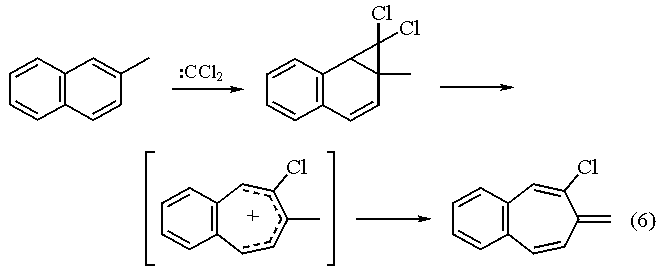
Preparation
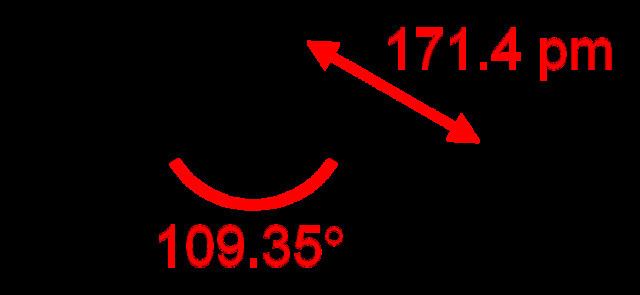
Dichlorocarbene is most commonly generated by reaction of chloroform and a base such as potassium t-butoxide or aqueous sodium hydroxide. A phase transfer catalyst, for instance benzyltriethylammonium bromide, facilitates the migration of the hydroxide in the organic phase.
HCCl3 + NaOH → CCl2 + NaCl + H2OOther reagents and routes
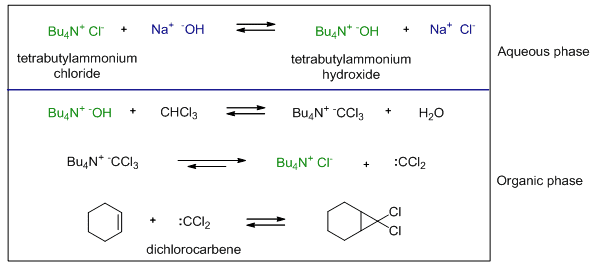
Another precursor to dichlorocarbene is ethyl trichloracetate. Upon treated with sodium methoxide, it releases CCl2. Phenyl(trichloromethyl)mercury decomposes thermally to also release CCl2:
PhHgCCl3 → CCl2 + PhHgClDichlorodiazirine, which is stable in the dark, decomposes into dichlorocarbene and nitrogen via photolysis.
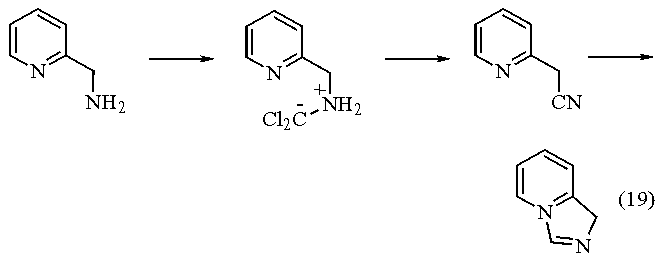
Dichlorocarbene can also be obtained by dechlorination of carbon tetrachloride with magnesium with ultrasound chemistry. This method is tolerant to esters and carbonyl compounds because it does not involve strong base.
With alkenes

Dichlorocarbene reacts with alkenes in a formal [1+2]cycloaddition to form geminal dichlorocyclopropanes. These can be reduced to cyclopropanes or hydrolysed to give cyclopropanones by a gem halide hydrolysis. Dichlorocyclopropanes may also be converted to allenes in the Skattebøl rearrangement.
With phenols
In the Reimer–Tiemann reaction dichlorocarbene reacts with phenols to give the ortho-formylated product. e.g. phenol to salicylaldehyde.
With amines
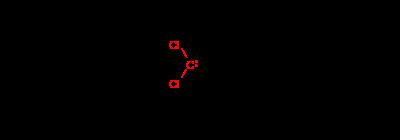
In the carbylamine reaction dichlorocarbenes can react with primary amines to give isocyanides. For example, the reaction with ethylamine:
History
Dichlorocarbene as a reactive intermediate was first proposed by Anton Geuther in 1862 who viewed chloroform as CCl2.HCl Its generation was reinvestigated by Hine in 1950. The preparation of dichlorocarbene from chloroform and its utility in synthesis was reported by William von Eggers Doering in 1954.
Related reactions
The Doering–LaFlamme allene synthesis entails the conversion of alkenes to allenes (a chain extension) with magnesium or sodium metal through initial reaction of the alkene with dichlorocarbene. The same sequence is incorporated in the Skattebøl rearrangement to cyclopentadienes. Dichlorocarbene also features in the Reimer–Tiemann reaction. Closely related is the more reactive dibromocarbene CBr2.
Chlorocarbene
The related chlorocarbene (ClHC) can be generated from methyllithium and dichloromethane. It has been used in the synthesis of spiropentadiene.
